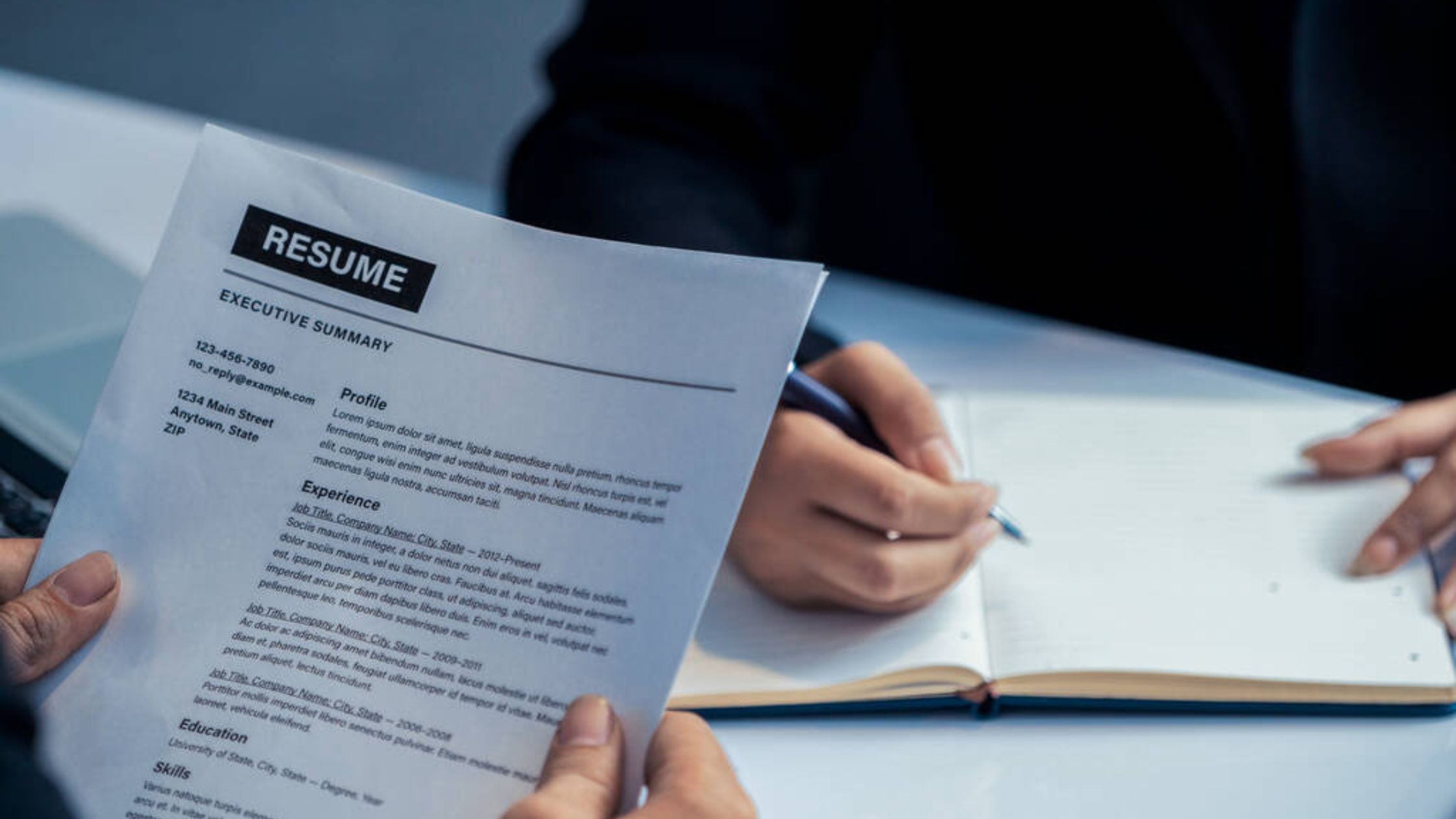How To Draw A Sweater. A sweater can serve many different purposes. At the most basic level, it is an item of clothing that can help protect against the cold. However, it can also be a stylish fashion item. Many types of sweaters come in many styles and variations. For that reason, learning how to draw a sweater and designing your own can be just as fun as finding the perfect sweater in real life.
With this guide you are about to do, you will be able to do just that. We look forward to working on this step-by-step guide on how to draw a sweater with you! You can draw many more characters like cute drawing pictures, Anubis drawing, cat drawing, cobra drawing, blueberry drawing, coconut drawing and many more drawing for kids.
Step 1:
In this first step of our guide on how to draw a sweater, we will start with the outline of the garment. For now, we will focus on the outline of the neckline and the arms of the sweater. Use smooth lines with bumps to draw these outlines, as shown in the reference image.
Step 2:
We will continue to outline your sweater design in this step. For this position, we will concentrate on the sweater’s wardrobe. Once you have added this line and it looks like our example, you will have made the general outline of the sweater. We can now start adding some internal details in the following steps.
Step 3:
Once the outline is done, we can start adding some details in this part of our guide to drawing a sweater. For this step, we will mainly focus on the neck and the edges of the arms and waist. You can use a few curved lines on the neck of the sweater to create the band at the opening. You can also use similar lines to create the ends of the arms and then finish by doing the same at the base of the sweater. That’s all there is to this step, and you’re ready to move on to step 4!
Step 4:
In this part of your sweater design, we will start decorating it. We’ll show you one way to do it, but in the following steps you can also opt for your design if you want! We will have two stripes down the center of the sweater for our design. Per ribbon will be made utilizing two wavy stripes. As we mentioned, you can also change the layout slightly and make it completely different by using shapes like squares or circles. That’s up to you, and once you’re happy with it, we can move on to some final details in the next part.
Step 5:
In this fifth step of our guide on how to draw a sweater, we’ll add some final details to prepare you for the final step. Add a few short lines to the bands at the neck, hands, and bottom of the sweater for these details. This will suffice for the final details, but you don’t have to stop there! Before continuing, you can add your details if you wish. We mentioned that you could change the decoration of the sweater pattern, but there is still more you can do.
A fun idea would be to draw someone wearing the sweater. Maybe you could use a mirror or a photo of yourself to create a self-portrait of yourself in the sweater! Another option to add your touch to this image would be to create a great background. What background elements or other garments can you use to finish this image?
Step 6:
You have reached the last step of drawing your sweater, and this is the part where you can have fun coloring your fantasy drawing! Sweaters can be any color or pattern you can imagine, so feel free to get creative with this step. In our reference image, we’ve gone with a red and gray color scheme to complement it, but that’s just one of the many options you can choose from. When it comes to coloring, there’s no wrong way to go about it. Once you’ve decided how you want to color it, you can have fun choosing the art mediums you’ll use to complete it.
Different art mediums can have different effects, so you have plenty of options to convey the look you’re going for. If you want bold colors that stand out, you can use acrylic paints, colored pens, or markers for this look. Alternatively, watercolors or colored pencils would be delicate for a more subdued look. These are just a few examples of what you could use, so we can’t wait to see what you choose!




